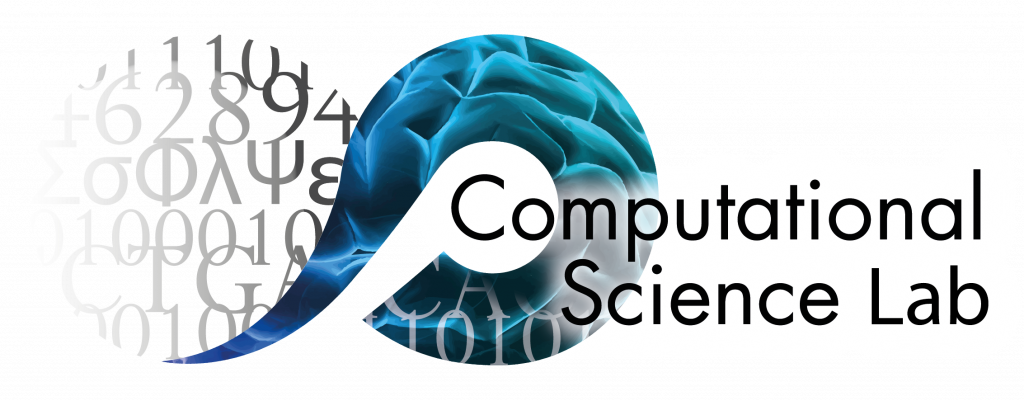A five year NWO VIDI grant of about € 800,000 was awarded to Marten Postma on November 2009.
A five year NWO VIDI grant of about € 800,000 was awarded to Marten Postma on November 2009. The personal grant allows Marten Postma -who will be the project leader- to develop innovative lines of research more independently and appoint two researchers (PhD’s) that will be directly involved in the project. The project entitled “Computational modelling of Cnidarian embryogenesis” is part of the NWO Division interdivisional research within the Beta NWO Domain.
Abstract
Embryonic development inherently is a complex interplay between gene regulation, morphological changes of cells and tissue, and environmental conditions. In recent time significant progress has been made in identifying transcription factors and signalling pathways that regulate embryogenesis. Additionally, detailed time dependent morphological data on cells and embryo’s are available. One of the major challenges in developmental biology is to integrate all the data into spatiotemporal computational models that realistically describe the dynamics of embryogenesis.
As a primary model organism Nematostella vectensis is used, the genome of this small sea anemone has been sequenced and is similarly complex to the human genome, with many classical developmental genes present. Together with other animals like corals, jellyfish and hydras, Nematostella vectensis belongs to the oldest eumetazoan phyla. Nematostella vectensis possesses bilateral symmetry and is diploblastic with only two distinct germ layers: the endoderm and the ectoderm, from which true tissues are formed. Compared to triploblastic organisms, which form true organs from the additional mesoderm germ layer, there are only relatively few morphological cell types present. This relatively simple body-plan makes it accessible for building biomechanical models of the developing embryo.
This projects aims to design, test and investigate computational models of embryogenesis, primarily driven by experimental data. We aim to reconstruct the gene regulatory networks that determine body-plan formation during several early developmental stages. Furthermore, we want to get a better understanding on how genes interact with biomechanics. The models will allow us to investigate how multiple mechanisms involved in shaping the embryo leads to robust embryogenesis. By comparing Nematostella vectensis embryogenesis to related organisms the models can give insights into evolutionary aspects of embryogenesis. General applicable techniques will be developed for analyzing experimental data, multi-scale modelling of tissue and cell mechanics, modelling of genetic regulation and signalling, parameter estimation and model analysis.
